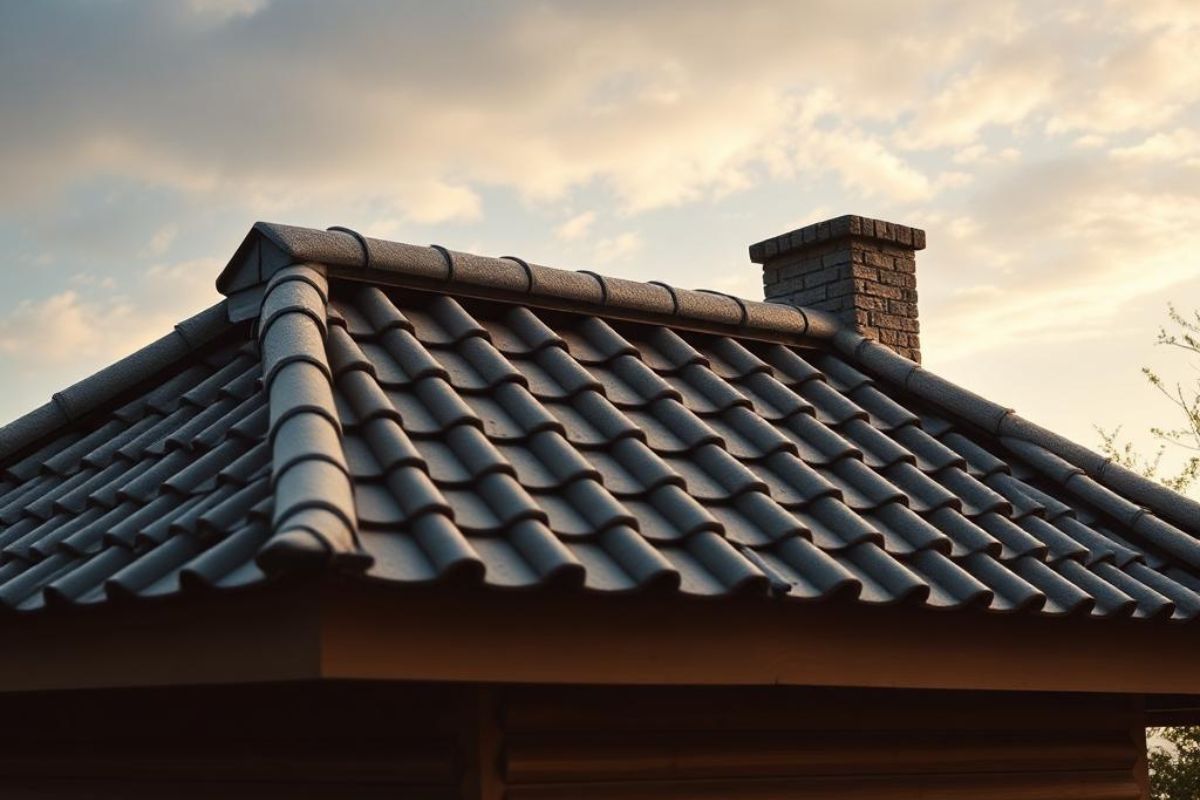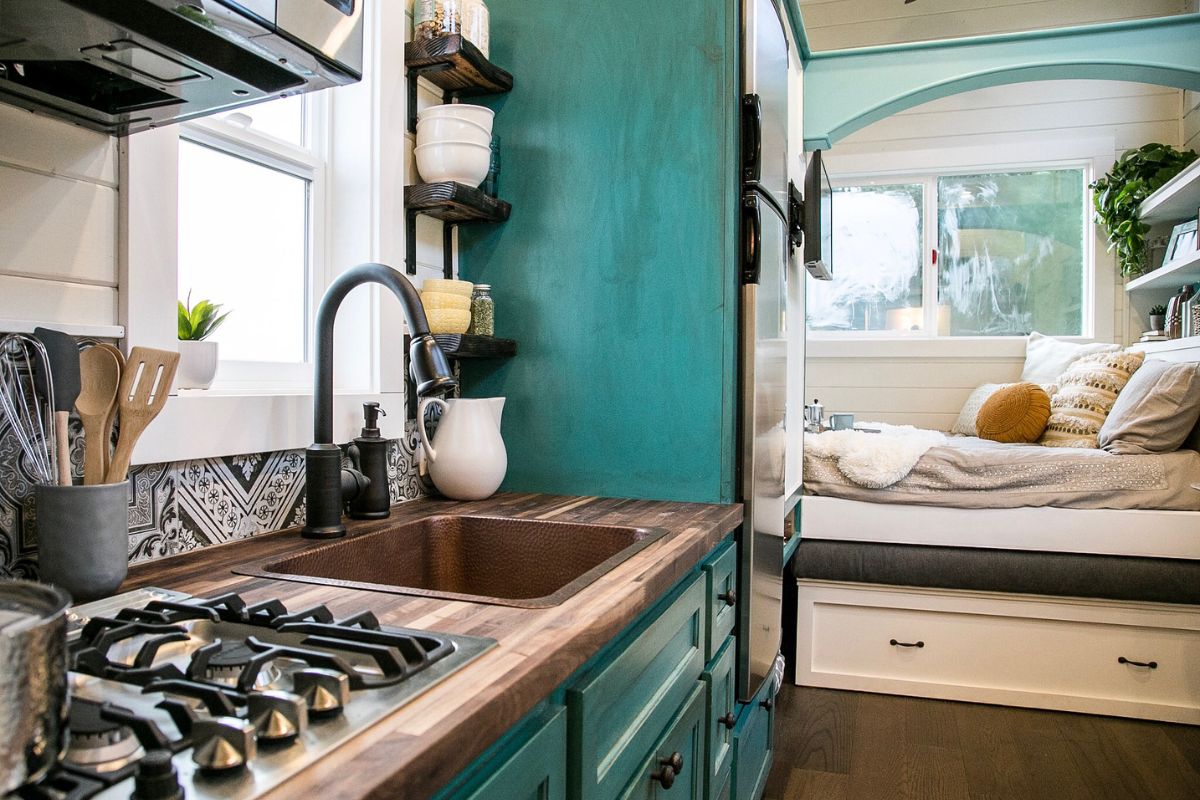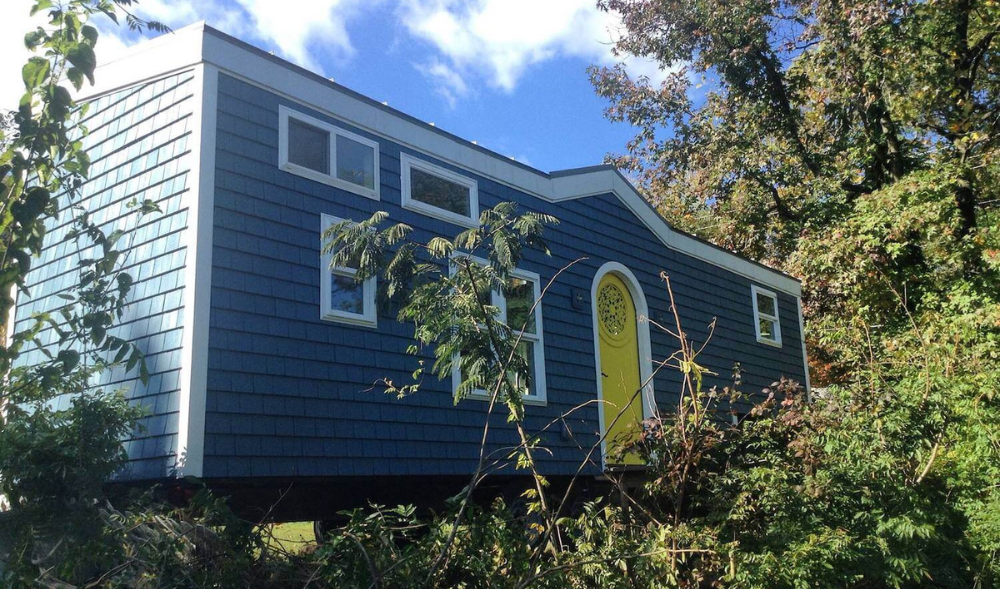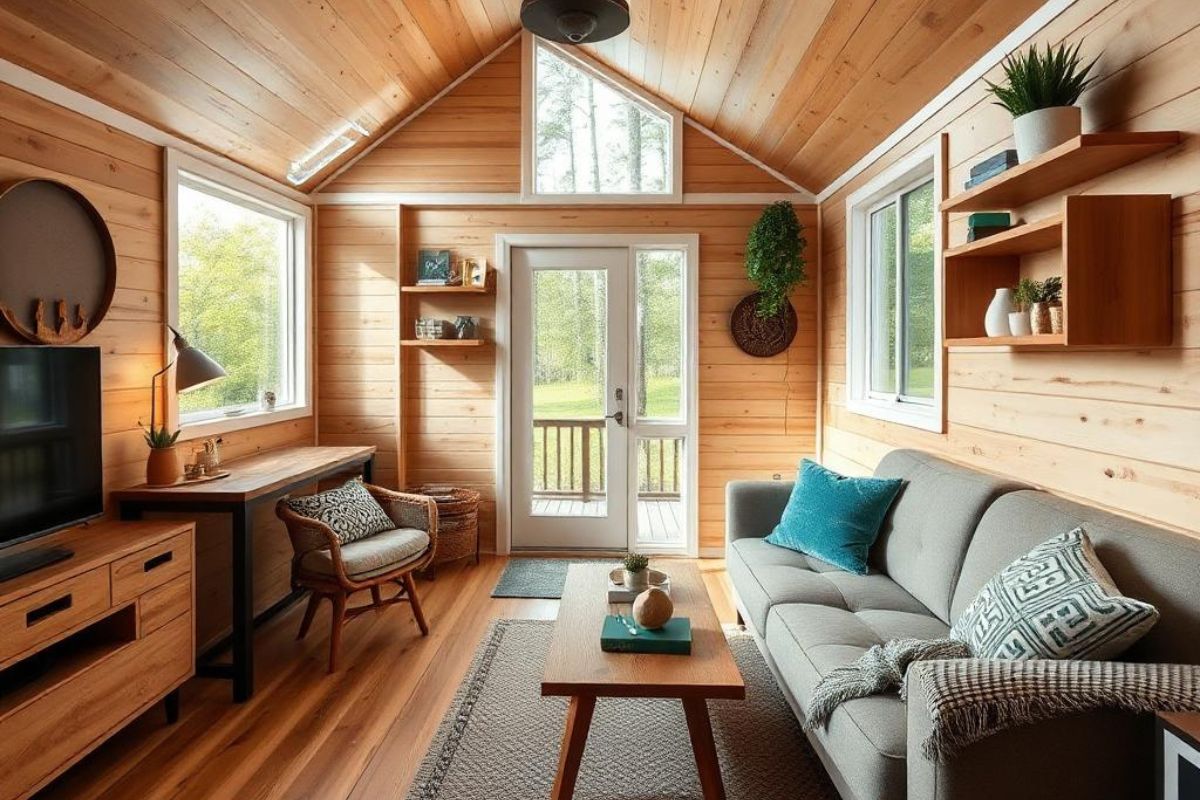Roof shingles are an essential part of your home's roofing system. They serve as the first line of defense against rain, wind, and other harsh weather elements, providing protection and ensuring the longevity of your home’s structure.
Additionally, roof shingles are often one of the most noticeable features of a home, contributing to the overall curb appeal.
Understanding what roof shingles are, the different types available, and how they affect the durability and aesthetic of your home is crucial when it comes to deciding on your roof. I
In this guide, we will break down everything you need to know about roof shingles, from what they are to the various options you have to choose from.
What Are Roof Shingles?
Shingles are flat, overlapping pieces of material used to cover the roof of a building.
They are arranged in a way that creates a watertight barrier, protecting your home from rain, snow, wind, and other environmental factors. R
Roof shingles are generally laid in rows, with each row overlapping the one beneath it, ensuring that water flows downward without leaking into the home.
Shingles come in a wide variety of materials, colors, shapes, and sizes, giving homeowners plenty of options to suit both functional needs and aesthetic preferences.
The most common types of roof shingles are asphalt, wood, metal, and slate, each offering its unique benefits and drawbacks.
What Are Shingles on a Roof Made Of?

Roof shingles can be made from various materials, depending on your budget, climate, and desired look. The most common materials used for roof shingles are:
-
Asphalt: Asphalt shingles are the most popular choice for roofing due to their affordability, ease of installation, and durability. They are made from fiberglass mats coated with asphalt and topped with granules that protect against UV rays.
-
Wood: Wood shingles (often made from cedar) offer a natural, rustic look. They are typically split or sawn and installed in overlapping rows. Cedar is particularly valued for its aesthetic appeal and natural resistance to insects.
-
Metal: Metal shingles are typically made from steel, aluminum, or copper. They are known for their durability, fire resistance, and energy efficiency. Metal shingles are ideal in regions with extreme weather conditions, such as areas prone to wildfires or heavy snow.
-
Slate: Slate shingles are made from natural stone and are known for their longevity and classic aesthetic. Slate roofs can last for over 100 years, making them one of the longest-lasting roofing materials available.
-
Clay and Concrete: Clay and concrete tiles are often used for Mediterranean-style or Southwestern homes. They are heavy and durable but require additional structural support to handle their weight.
-
Synthetic Materials: Some shingles are made from synthetic materials like rubber, plastic, or composites. These shingles can mimic the appearance of natural materials like wood or slate at a fraction of the cost and with less maintenance.

Types of Roof Shingles
Choosing the right type of roof shingles depends on several factors, including climate, budget, and aesthetic preferences. Below are some of the most common types of shingles and their characteristics:
Asphalt Shingles
Asphalt shingles are the most widely used roofing material in the United States. They are affordable, versatile, and available in a wide range of colors and styles.
Asphalt shingles are typically made with fiberglass mats coated in asphalt, then topped with ceramic granules that help protect against UV rays and weather damage.
-
Lifespan: 20 to 30 years
-
Cost: $2.20 to $6.50 per square foot installed
-
Pros: Affordable, easy to install, widely available, and relatively low-maintenance.
-
Cons: Can be less durable in extreme weather conditions (such as heavy wind or hail) and may not have the same aesthetic appeal as higher-end options.
Wood Shingles
Wood shingles are prized for their natural look and rustic charm. They are often made from cedar, though other woods like pine or redwood may also be used. Cedar shingles are particularly valued for their resistance to rot and insects.
-
Lifespan: 25 to 40 years with regular maintenance
-
Cost: $6.00 to $15.00 per square foot installed
-
Pros: Beautiful, natural appearance with great curb appeal.
-
Cons: High maintenance; susceptible to mold, rot, and fire. Not recommended for areas with high humidity or wildfire risk unless treated.
Metal Shingles
Metal shingles offer the durability of metal while maintaining the appearance of traditional roofing materials.
These shingles are commonly made from steel, aluminum, or copper. Metal roofs are ideal for homes in areas that experience extreme weather, such as wildfires or heavy snow.
-
Lifespan: 40 to 70 years
-
Cost: $4.00 to $30.00 per square foot installed
-
Pros: Durable, fire-resistant, and energy-efficient. Great for harsh climates.
-
Cons: Can be prone to dents from hail or falling branches. The initial cost can be higher than asphalt shingles.
Slate Shingles
Slate shingles are made from natural stone and are renowned for their exceptional durability and long lifespan. Slate is completely fireproof and resists rot and insects, making it an excellent choice for homes in fire-prone areas.
-
Lifespan: 75 to 100 years or more
-
Cost: $10.00 to $30.00 per square foot installed
-
Pros: Long-lasting, fireproof, and beautiful. Slate is an excellent option for luxury homes.
-
Cons: Expensive and requires a reinforced roof structure due to its weight. Installation is more complex and specialized.
Composite Shingles
Composite shingles are made from synthetic materials like recycled rubber or plastic and are designed to mimic the appearance of wood or slate at a lower cost. They are durable, lightweight, and resistant to fire and impact.
-
Lifespan: 40 to 50 years
-
Cost: $4.00 to $8.00 per square foot installed
-
Pros: Low-maintenance, durable, and energy-efficient. Provides the look of premium materials without the high cost.
-
Cons: Can be more expensive than asphalt shingles and may not have the same aesthetic appeal as natural materials.
What Is a Roof Shingle Made Of?
Roof shingles are typically made from a combination of different materials, including fiberglass, asphalt, rubber, and metal.
The core material is often a durable substrate, such as fiberglass or wood, which provides structure.
The top layer is coated with a protective material, such as asphalt, metal, or ceramic granules, which helps protect the roof from UV rays, rain, and other environmental factors.
What to Consider When Choosing Roof Shingles

When selecting roof shingles, it’s important to consider factors such as:
-
Climate: Choose shingles that are suitable for the weather conditions in your area. For instance, metal shingles are ideal for homes in regions with heavy snow or wildfire risk, while asphalt shingles are better for more temperate climates.
-
Budget: The cost of roof shingles can vary widely, so it’s important to choose a material that fits within your budget while also meeting your durability and aesthetic requirements.
-
Aesthetic Appeal: Roof shingles come in various colors, styles, and textures. Choose a material that complements the architectural style of your home and enhances its curb appeal.
-
Longevity and Maintenance: Consider how much maintenance the shingles require over their lifespan. Some materials, like wood and metal, require more maintenance than others, such as asphalt.
-
Energy Efficiency: Lighter-colored shingles can reflect sunlight and help keep your home cooler in hot climates, reducing energy costs.
Conclusion
Roof shingles are a vital part of your home’s protection system, shielding it from the elements while contributing to its aesthetic value.
When choosing roof shingles, it’s important to balance factors such as cost, durability, climate, and appearance.
Whether you opt for the affordability of asphalt shingles or the luxury of slate, choosing the right shingles will ensure your roof is both functional and beautiful for many years.
For more insights on selecting the best roofing shingles for your home, be sure to consider the factors mentioned in this guide and consult with a roofing professional to make the best choice for your needs.






Share: